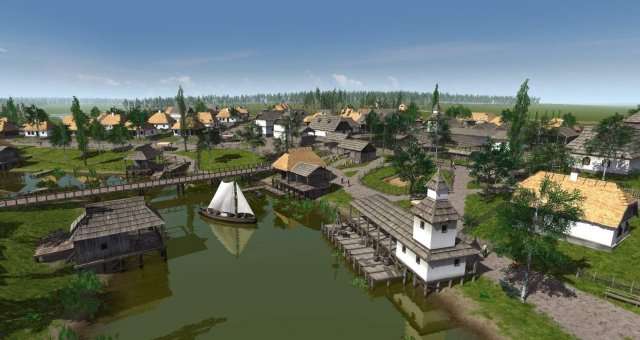
Building towns in a grid pattern in Ostriv is the most efficient way to use space, but it might not look as nice or realistic. This guide will show you how to create more interesting, natural-looking settlements that feel more true to life.
Guide to Build Realistic Settlements
Today I want to show you how to improve your town’s appearance and make it look more natural and realistic. It’s best to start with a new map since you can’t remove a villager’s house once a family has moved in (they have certain rights, after all).
Reasons For Organic Building
First of all, it’s absolutely legitimate to use grids when building a town. It’s easy to do, space-saving and really was a common tecnique when building larger cities in the 18th century, where the game takes place. Yet this is also where the first problem arises: You are not really building a city in Ostriv, but much rather a village or perhaps a small town. Neither do you see paved roads, nor multi-story-townhouses or anything else that would be typical for a city of this time period. Instead, you have small and cozy village houses with gardens around them, farms, stables and so on at your disposal. Back then, even planned settlements and villages (which where the norm by this time already) where not as symmetric and organized as one may think.
Secondly, there where also many villages that naturally grew as people just settled down close to each other, which often led to them being quite chaotic and unsymmetric. If you possibly want to recreate such a place, it’s important not to use too much grid either, as these settlements typically followed the natural terrain, roads or rivers.
I don’t really want to further bore you with historical background information, so now let’s finally get to the fun part: Building!
7 Tips For Building
- Roads and pathways are the basic infrastructure of your village. For a natural look, try to avoid sharp corners but instead curve them and follow the natural terrain of the map you are curently playing on! Obviously, you can’t put down roads, as your villagers will form paths where they are walking, but you can use fences and houses to guide them where you want them to walk. You should also vary the widht of your roads: A main street in your town should be a lot broader than a little pathway to a field.
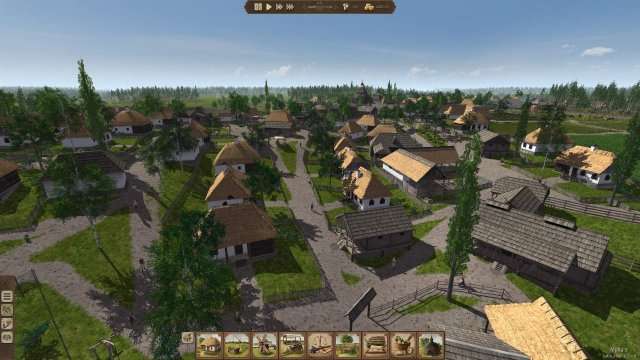
- Give the plots of your village houses different sizes and sometimes put production buildings in between them to avoid monotony. (It is also more historically accurate, as people usally had their workplaces much closer to their home compared to nowadays) Also try to build things like a windmill on a geographically fitting spot, like a little hill outside of your actual town. You can even put down a house next to it and then detail it with a fence going all the way around for example.
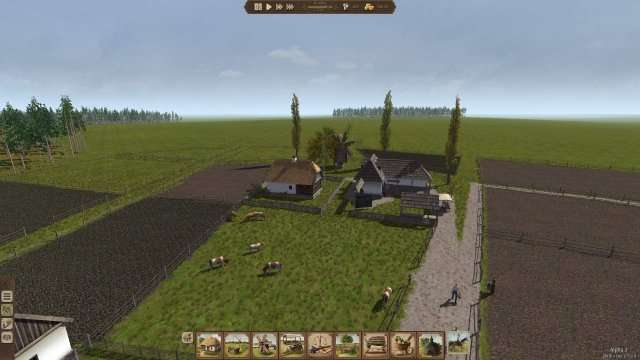
- Use more detailing! Fences, trees, bushes, gates and benches can add to the atmosphere a lot and give the impression of a place where people actually like to live. You can also enclose production buildings with fences and create a garden for them: That way they almost look like village houses and add more variety to your settlement:
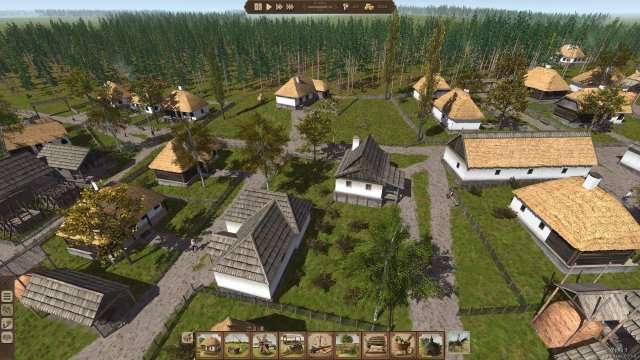
- When building fields, consider not making them perfectly squared, but rather give them differnet shapes and sizes, have them follow the terrain and also (at least sometimes) build them right next to village houses on the outskirts of your settlement. That way, it looks like the field is actually a part of a garden where food was also commonly grown in the past.
- Especially when building a town or a large village, join some buildings together! You can combine many production buildings such as a cow shed and a pigsty, a weaver’s workshop and a tailor, a smithy and the town hall or an oil workshop with a tannery and so forth. Warehouses and granarys also make for nice additions to existing buildings. This way, you can create density, for example around a central town square you might want to build.
Linking Buildings Together:
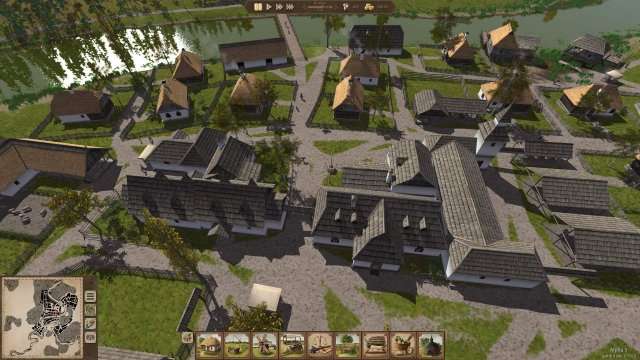
- Experiment with different types of settlements and villages. You can build linear ones, where the buildings follow one main road, eliptic ones around a central strip of grass or really random ones, where everything seems to be pure chaos. You can also consider having something like a newer part of town, where streets are wider and rather grid-based, the plots of land all have roughly the same size, etc. This implys that there is an older part of town that has been here for a while and now, adapted to a growth in population, a new quarter was planned and built.
Linear Settlement For Example:
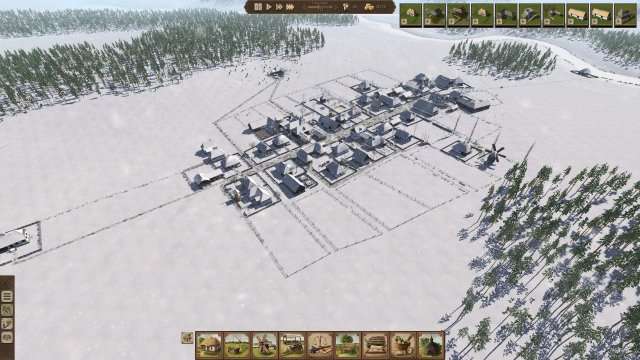
- When building a larger town, think about putting some seperate villages around it. Not only does this make roads appear that lead to your main town (which just looks more realistic), it also creates atmosphere. Fields and cultivated landscapes between settlements make for a nice place to look at, as the surroundings of your town don’t look quite as „dead“ as they would otherwise.
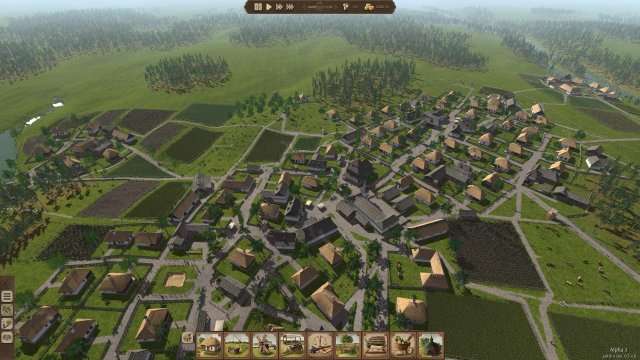


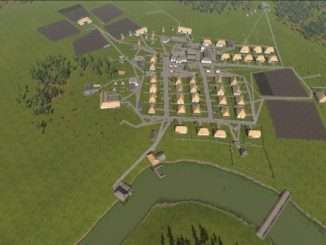
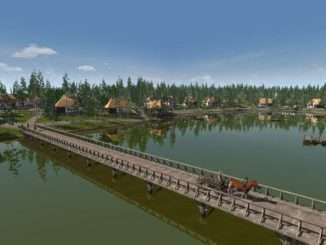
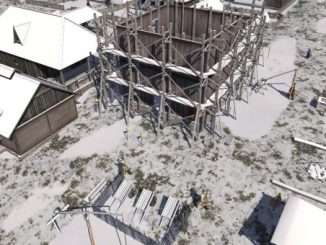
Be the first to comment